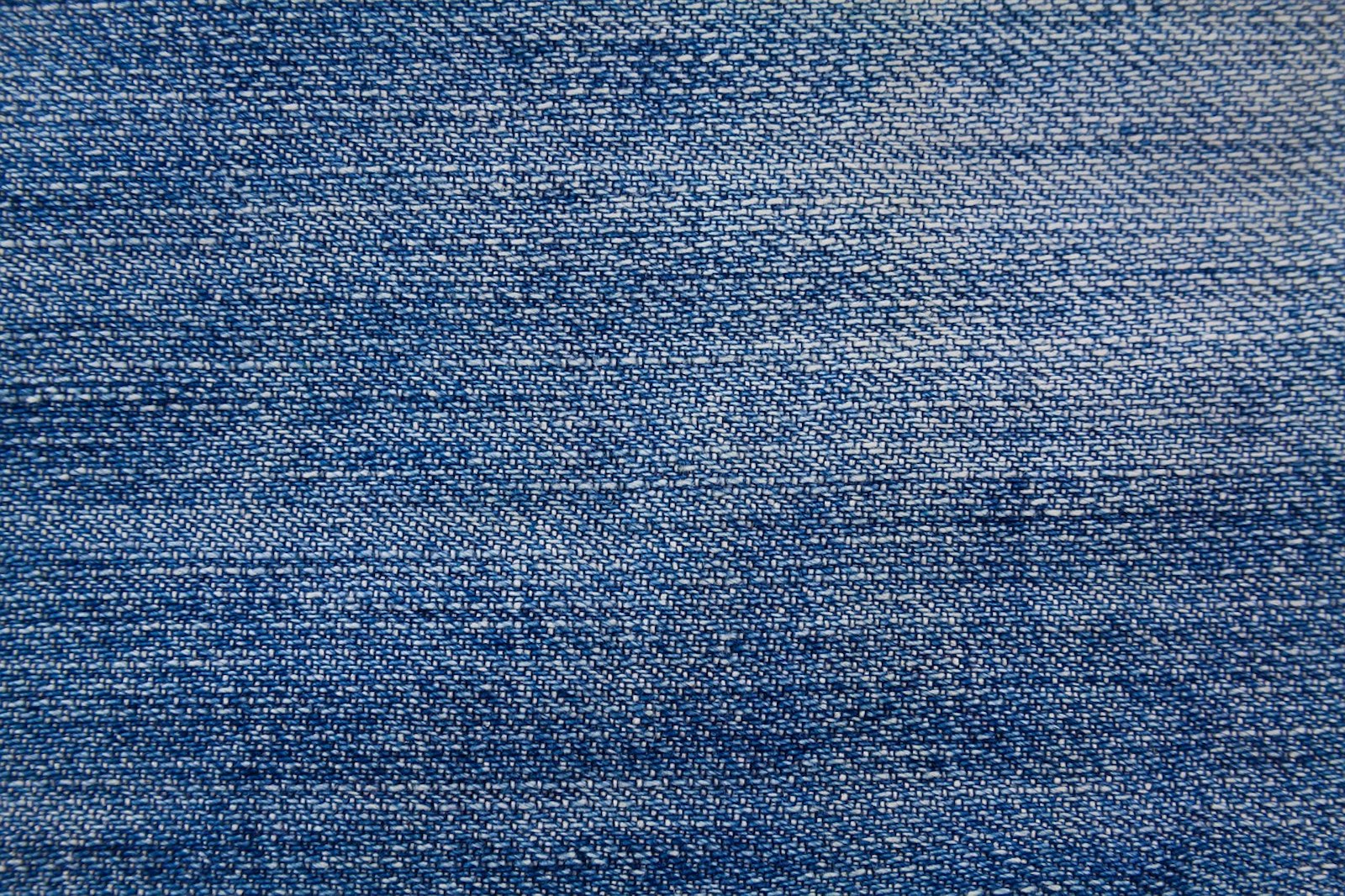For many people, denim blue jeans are an iconic part of American style. In reality, denim is as American as croissants. Denim originated in the French town of Nimes, and its name is derived from the French term de Nimes which translates to “from Nimes.”
The word jeans, which to most Americans is near synonymous with denim, also comes to us from France. Specifically from the French term bleu de Gene or “blue of Genoa.” Once a sign of rebellion that could get you barred from various establishments, the denim jeans of today are the everyday uniform of many people of all ages.
Learn how to turn your old denim jeans into rag rugs with Tom Knisely’s new video Weaving with Rags: Making Rag Rugs and More with Tom Knisely
From the very beginning, indigo has been the number-one dye for denim. Though synthetic indigo was used for a while, recently there has been a return to natural indigo. Indigo is well known for being a very effective dye on cotton. To get the blue of blue jeans, three to twelve grams of indigo are used per pair of jeans in the dyeing process.
Interestingly, typically only the warp threads being dyed blue and the weft threads left white white, giving the distinct white-speckled look of most denim. The warp threads are also not dyed all the way to the core of the fiber, leaving the core white. This is why denim fades uniquely. (Although acid-washed jeans are a completely different story entirely—we have no good explanation for those!)
In the dyeing process, the denim is introduced to the dye and then allowed to oxidize. This process can be repeated and the color will deepen and become more vibrant the more times the process is repeated. This is why some jeans are pale sky blue and others are a bright cerulean. Today you can buy denim in any color of the rainbow, but indigo is still the most widely used dye for denim.
—Christina


